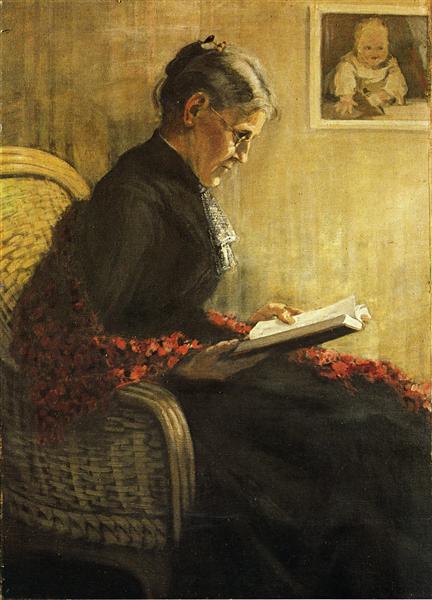My Expressionism project for this month was a cute little (digital) painting of two birds. I did the birds, sky, and mountains on separate layers so I could export all of the combinations of primary colors and see how it changed the feeling of the painting. Let’s take a look!
The piece was initially done with yellow birds, blue sky, and red mountains. According to one of the biggest Expressionism artists Franz Marc, yellow represents feminine happy qualities, blue is masculine and spiritual, and red is physical and sometimes violent.
With these things in mind, the yellow birds may be seen as hopeful and free in their flight together. In this moment they don’t need to worry about the dangers of the world that exist far below them.

Next I switched the colors of the sky and the mountains. It immediately takes on a more ominous tone (red kind of does that anyway thought, doesn’t it?). Now the birds are more in conflict with their surroundings, if not in outright danger. Personally, I’ve always found red and yellow next to each other (and/or as the main colors) to be very uncomfortable. There is definitely more tension in this combination of colors.

Swapping the color of the birds and mountains give the ominous red a different spin. There seems to be more tension between the birds. Perhaps they are no longer on the same side?

Something about making the sky yellow didn’t add joy or femininity for me. I think it’s because it’s a darker yellow. That’s pretty much what happens when you change the color of a layer (especially to a lighter color) instead of repainting it. Even if the yellow were brighter, I don’t think my feelings on it would change much since I am more than a little biased against yellow hues (don’t get me started). All that aside, something about the background makes me feel like these birds are fighting for scarce resources, however perhaps not against each other.

I feel like making the birds red instantly puts them in conflict with each other against that yellow sky. The blue mountains remove the element of scarcity and danger below them, but again, I don’t feel like that’s a happy yellow space around them. At this point they are in a fight over something more personal.

Finally we have the red birds on a blue sky with yellow mountains. There is still tension between the birds, but not necessarily conflict. The blue sky creates a space of familiarity and peace. Following Franz’s theory of yellow as joyous and hopeful, the mountains would represent good tidings to come. But we know by now that it’s not working that way for me… it looks more like desert to me, perhaps adding urgency to the flight of the birds.

This little Expressionism experiment was a fun way to play with color and be able to experience how changing it can alter the outcome of the piece. While I can objectively apply another artist’s (Marc’s) color theory to my own work, in the end it doesn’t change the way I feel about each iteration. There are mainstream interpretations of each color and my own feelings conflict with some of them.
I think we all have our own personal color theories with our divergences from what most people see. That’s part of what makes viewing and discussing art so interesting. I’m sure you see things differently (maybe very differently) from how I interpreted all the birds. So tell me – what’s your personal color theory? How do the colors change the birds for you?








